this post was submitted on 14 Aug 2024
82 points (100.0% liked)
Mycology
3098 readers
1 users here now
founded 2 years ago
MODERATORS
you are viewing a single comment's thread
view the rest of the comments
view the rest of the comments
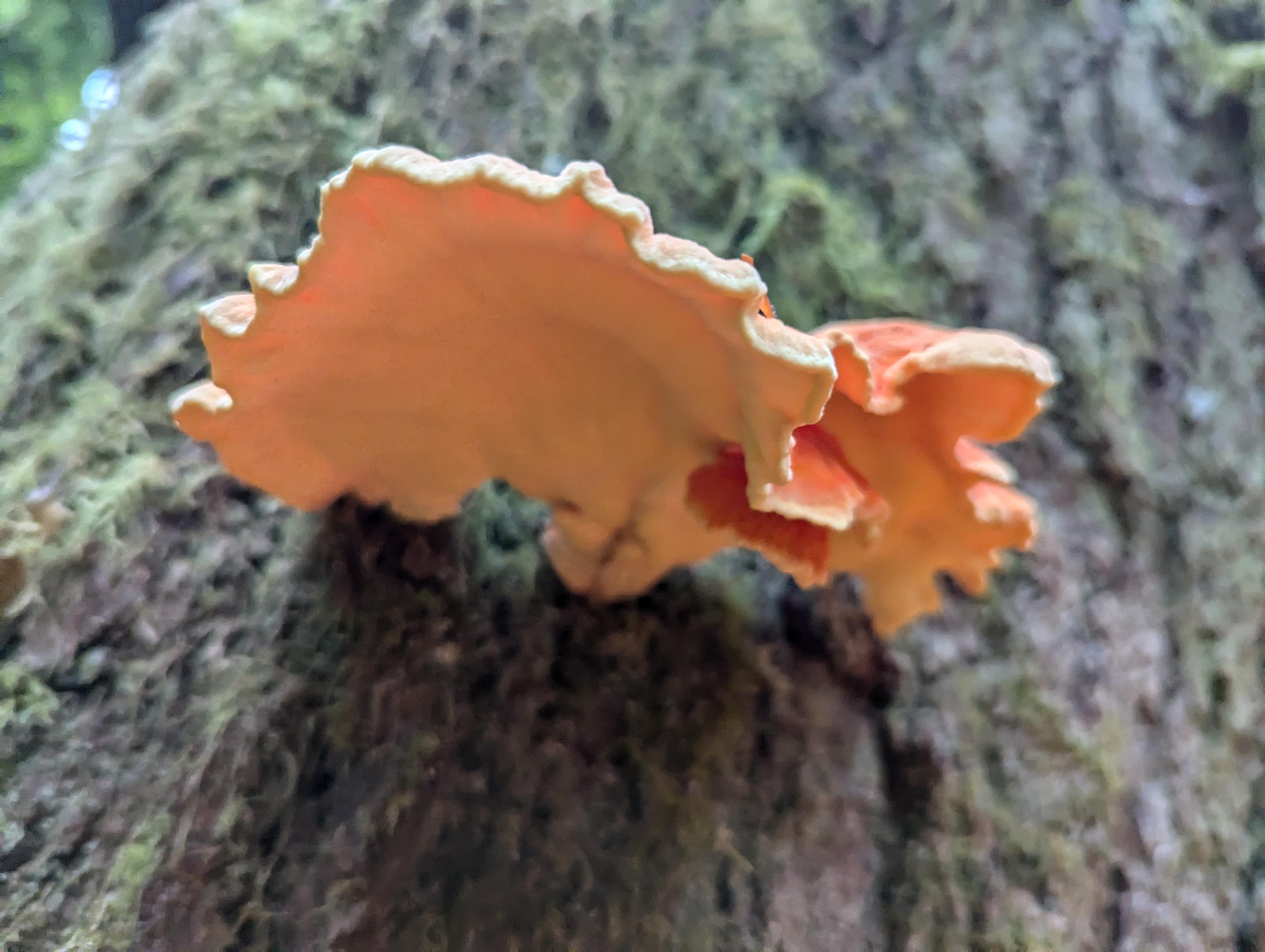
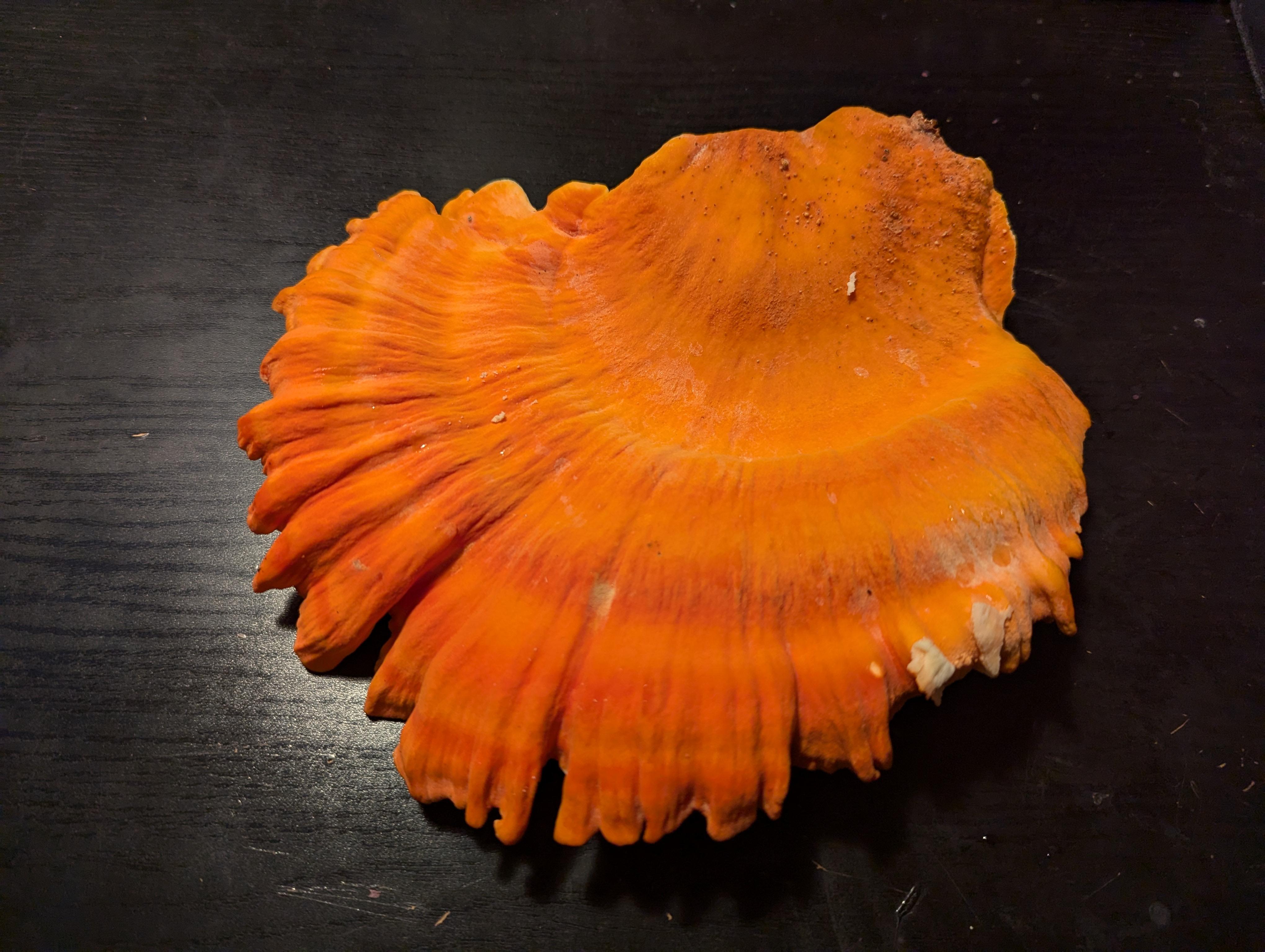
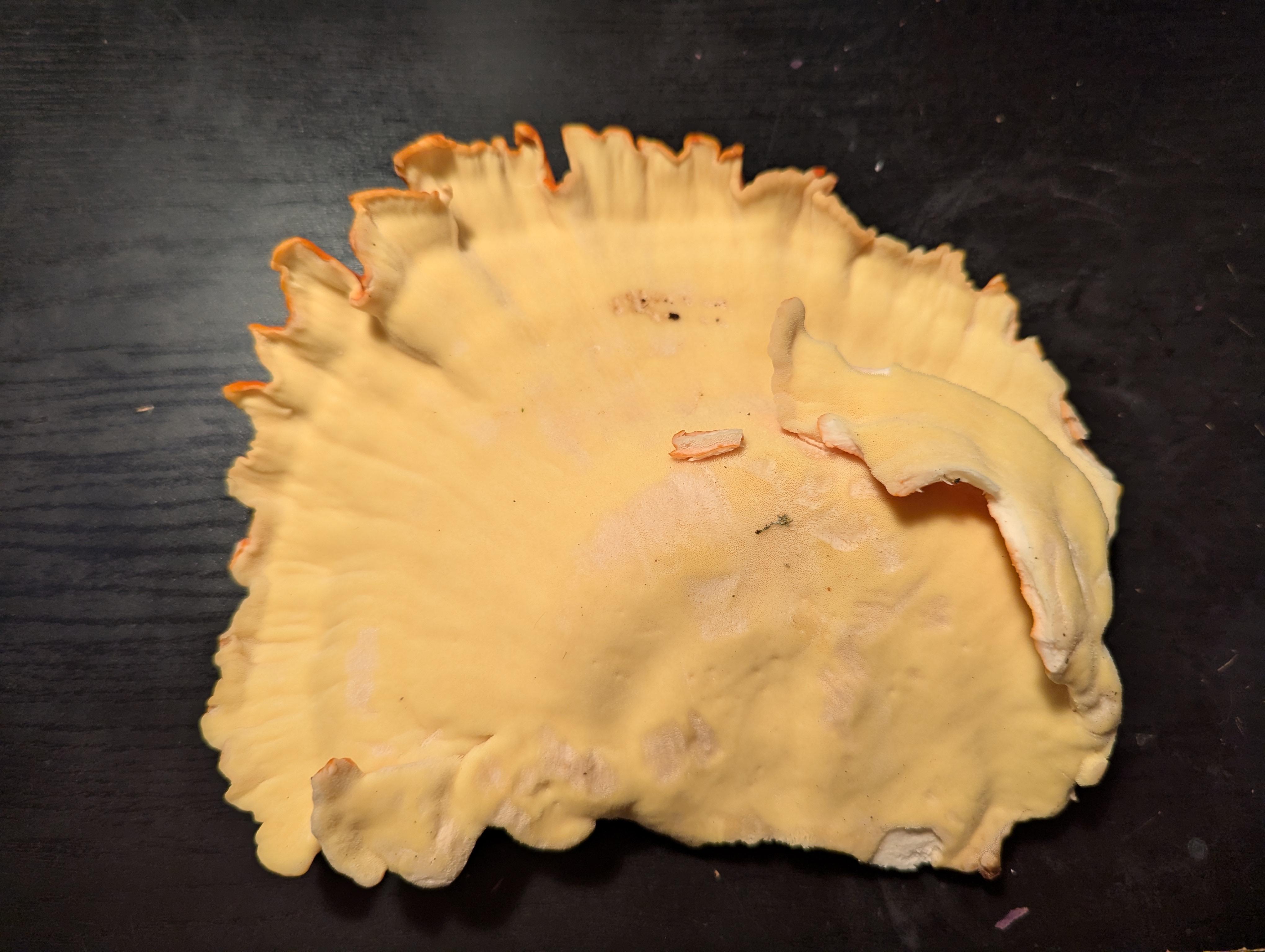
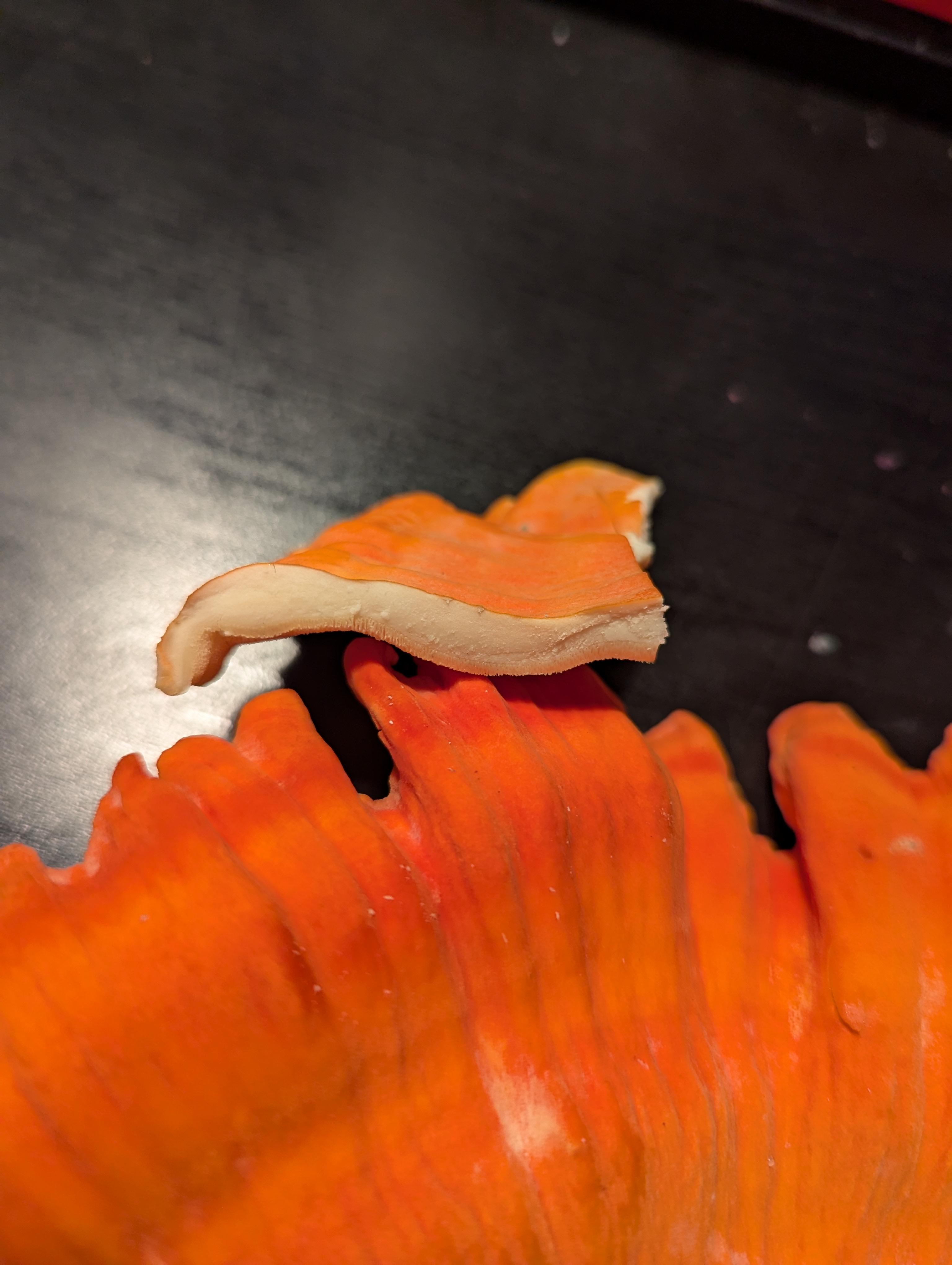
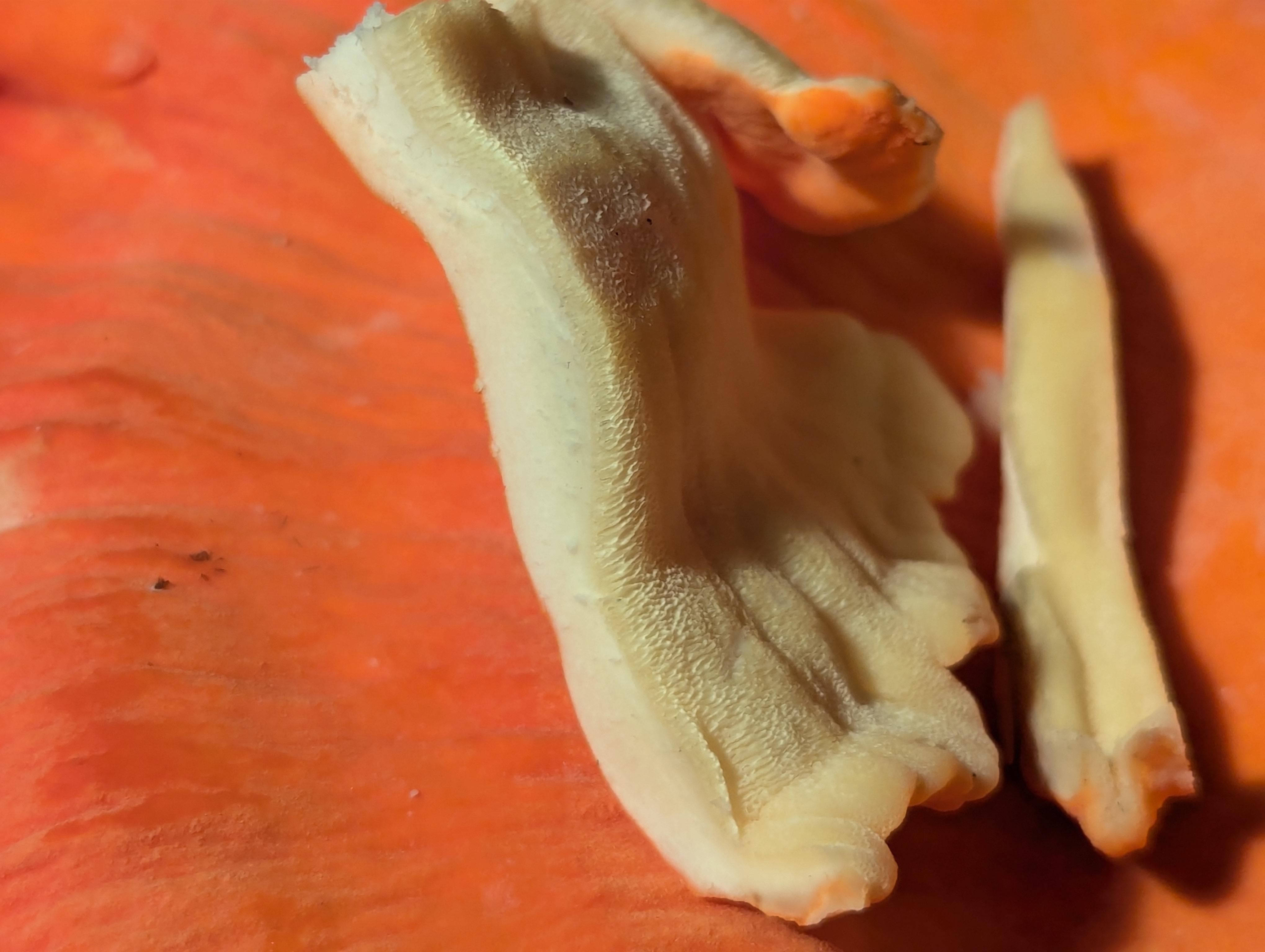
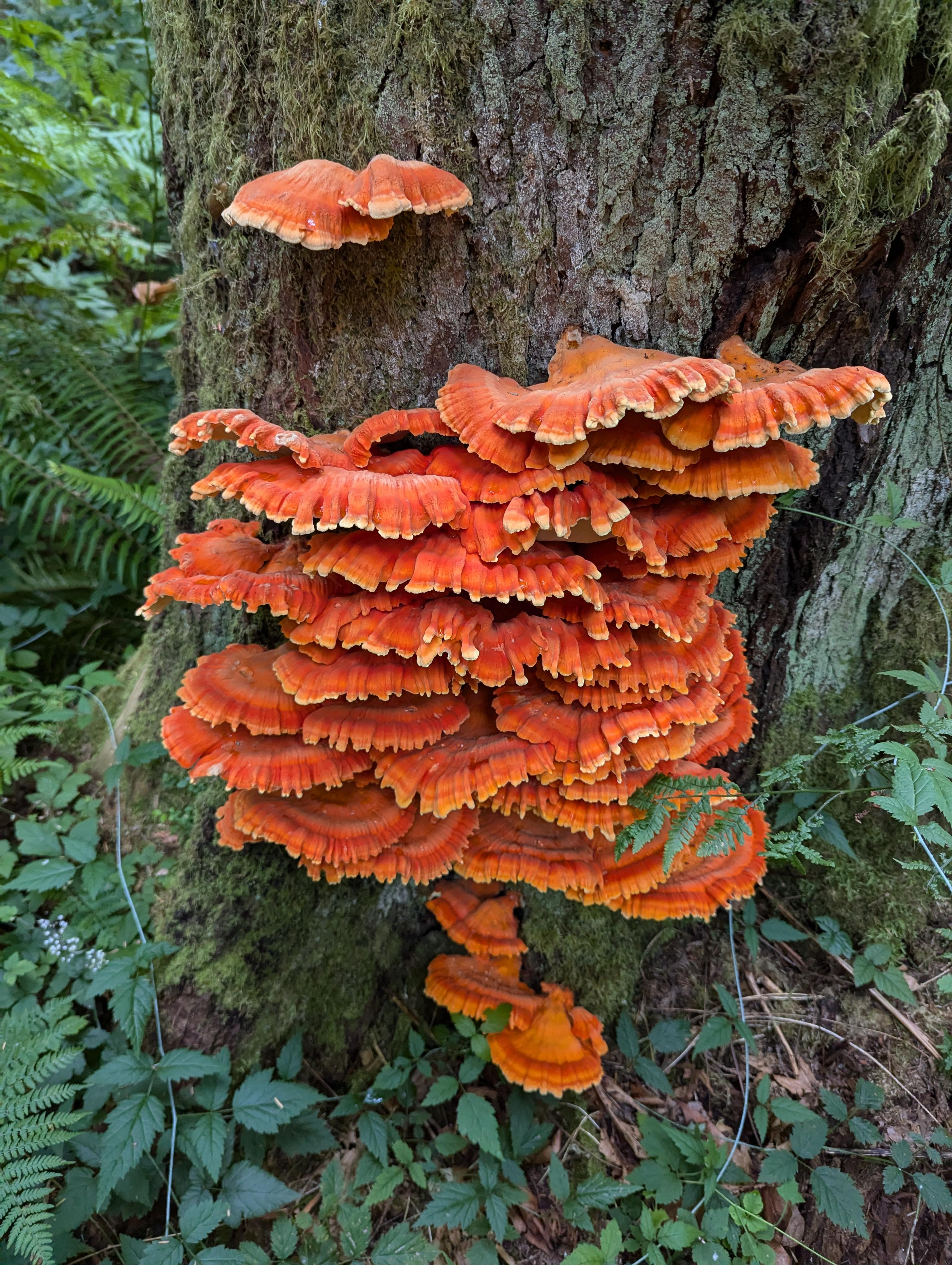
Yes, I am like 90% on this though so definitely reference a book if you haven't already. Also be aware that mushrooms can become toxic based on the substrate they grow on. Some mushrooms cannot be eaten if they grow on certain types of trees.
Avoid using mycology books from amazon btw, they are made with ai. Look for something old and licensed
What would be the 1/10 probable alternative in your mind? Maybe a fake rubber mushroom someone glued on the tree as a prank? 😂
From what I've seen, this seems to be a common myth [1].
References
Good to know, I was basing this on word of mouth information. Thank you